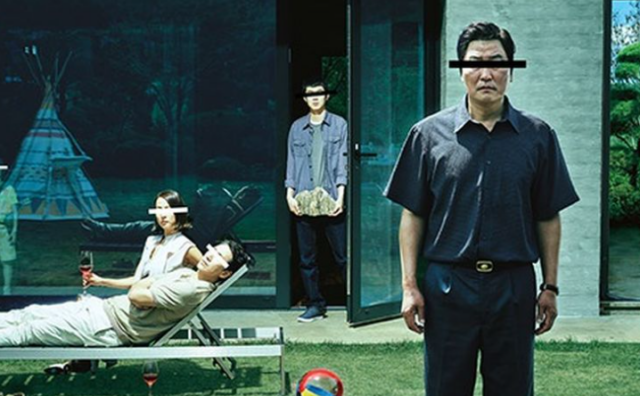Visual symbolism of Parasite: Of Rocks and Stairs
Andreas J. Pratama

Parasite: A Cinematic Triumph that Captivated Global Audiences and Highlighted Social Inequality in Modern Korea
Parasite a film that put worldwide audience into a pleasant surprise. Not only did it showcase the capability of Bong Joon-Ho to synthesize intelligently put cinematographic visual languages but also reflects the harsh social struggle in a contemporary urban Korea. Parasite had won many awards and been nominated into several prestigious categories of excellence, each of which I am not able to mention here individually. The award spoke massively of the capability of Asian cinema especially those of Korean to rise, gaining fame and attention of the Western audience. This of course did not happen overnight, the recent trend in everything Korean spurred the limelight to shine in favors of Joon-Ho.
The Duality of Class: A Reflection of Contemporary Korean Society
With the rise of fascination and obsession towards Korean things, the audience have better access to comprehend the current situation the country is in: ranging from the stratification, the dreams of riches, and the most coveted of all – the status that comes with the pecuniary amassing. In its very core, Parasite took this issue up and packaged it into a genre-shifter film. Genre-shifter is a film that blurs the conditional line between identification of one genre to the other. Parasite began with a cheeky and comical attempt of foolery towards the rich to gain their wealth inconspicuously it will soon quickly snap into a darker toned film as the shift progresses.
It is these shifts that are marked by strong visual symbolism or the so-called visual codes that need to be understood contextually and semiotically. The beginning of the film began with an artifact common in Japanese, Korean, and Chinese Confucian Scholar traditions of gazing upon a “scholar stone”. The stone in its culture is a naturally occurring shapes formed by nature through the grazing of the wind, erosion and forceful shaping by nature. Not only does it represent the “scholarly class” associated with affluence the stone is also believed to bring good luck. Throughout the film, this stone appeared a coupe of times as a gift, as a fetishized symbol of dreams, as a weapon that shatters dream. The stone in the end was cast away being put back in nature symbolizing penitent surrender to fate upon failure of seizing riches the illegal way.
Stairs as a Metaphor: Navigating Social Stratification in Parasite
The next symbolism commonly appearing in the film are stairs. Stairs played a huge role in the film, both the park and the kim family has to undergo the motion of going up and going down the set of stairs that symbolized the social stratification. This motion was clearly identified where the Parks are often seen emerging from the sub-basement to their residence, while the Kim had to venture downwards in symbol of their sub-standard positioning. One that specifically ties the film into this massive turn of genre is the connecting symbolism of stairs into the bunker. The bunker is a terror harboring refuge that functions as a buried secret overlooked even by the rightful resident. The dark screen that censors the existence of the sub-class remaining unseen and confirming their identity as a leeching parasite.
It is through these metaphorical readings, of symbolism and sensitivities to hidden messages we begin to understand the nature of Parasite as a film. The genre shifts was slowly introduced from the start and undergoing a mutative states that very quickly start to turn ever darker by each progressing acts. One that caught many off-guard expecting a sappy Korean drama.


Comments :